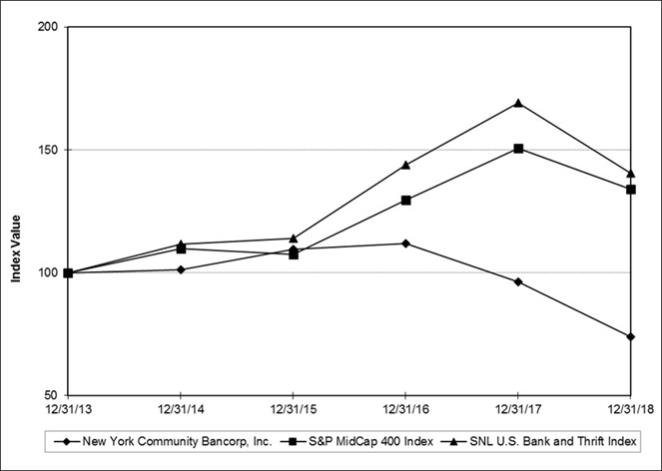impact on our financial condition and risk profile, and also could limit our ability to grow through acquisitions or otherwise. Compliance with regulatory capital requirements may limit our ability to engage in operations that require the intensive use of capital and therefore could adversely affect our ability to maintain our current level of business or expand.
Furthermore, it is possible that future regulatory changes could result in more stringent capital or liquidity requirements, including increases in the levels of regulatory capital we are required to maintain and changes in the way capital or liquidity is measured for regulatory purposes, either of which could adversely affect our business and our ability to expand. For example, federal banking regulations adopted under Basel III standards require bank holding companies and banks to undertake significant activities to demonstrate compliance with higher capital requirements. Any additional requirements to increase our capital ratios or liquidity could necessitate our liquidating certain assets, perhaps on terms that are unfavorable to us or that are contrary to our business plans. In addition, such requirements could also compel us to issue additional securities, thus diluting the value of our common stock.
In addition, failure to meet established capital requirements could result in the FRB placing limitations or conditions on our activities and further restricting the commencement of new activities. The failure to meet applicable capital guidelines could subject us to a variety of enforcement remedies available to the federal regulatory authorities, including limiting our ability to pay dividends; issuing a directive to increase our capital; and terminating our FDIC deposit insurance.
Pursuant to the current requirements of the DFA, a bank holding company whose total consolidated assets average more than $250 billion over the four most recent quarters is determined to be a SIFI, and therefore is subject to stricter prudential standards. In addition to capital and liquidity requirements, these standards primarily include risk-management requirements, dividend limits, and early remediation regimes.
Our results of operations could be materially affected by further changes in bank regulation, or by our ability to comply with certain existing laws, rules, and regulations governing our industry.
We are subject to regulation, supervision, and examination by the following entities: (1) the NYSDFS, the chartering authority for the Bank; (2) the FDIC, as the insurer of the Bank’s deposits; (3) theFRB-NY, in accordance with objectives and standards of the U.S. Federal Reserve System; and (4) the CFPB, which was established in 2011 under the Dodd-Frank Act and given broad authority to regulate financial service providers and financial products.
Such regulation and supervision governs the activities in which a bank holding company and its banking subsidiaries may engage, and are intended primarily for the protection of the DIF, the banking system in general, and bank customers, rather than for the benefit of a company’s stockholders. These regulatory authorities have extensive discretion in connection with their supervisory and enforcement activities, including with respect to the imposition of restrictions on the operation of a bank or a bank holding company, the imposition of significant fines, the ability to delay or deny merger or other regulatory applications, the classification of assets by a bank, and the adequacy of a bank’s allowance for loan losses, among other matters. Changes in such regulation and supervision, or changes in regulation or enforcement by such authorities, whether in the form of policy, regulations, legislation, rules, orders, enforcement actions, ratings, or decisions, could have a material impact on the Company, our subsidiary bank and other affiliates, and our operations. In addition, failure of the Company or the Bank to comply with such regulations could have a material adverse effect on our earnings and capital.
See “Regulation and Supervision” in Part I, Item 1, “Business” earlier in this filing for a detailed description of the federal, state, and local regulations to which the Company and the Bank are subject.
Our enterprise risk management framework may not be effective in mitigating the risks to which we are subject, based upon the size, scope, and complexity of the Company.
As a financial institution, we are subject to a number of risks, including interest rate, credit, liquidity, legal/compliance, market, strategic, operational, and reputational. Our ERM framework is designed to minimize the risks to which we are subject, as well as any losses stemming from such risks. Although we seek to identify, measure, monitor, report, and control our exposure to such risks, and employ a broad and diverse set of risk monitoring and mitigation techniques in the process, those techniques are inherently limited because they cannot anticipate the existence or development of risks that are currently unknown and unanticipated.
For example, economic and market conditions, heightened legislative and regulatory scrutiny of the financial services industry, and increases in the overall complexity of our operations, among other developments, have resulted in the creation of a variety of risks that were previously unknown and unanticipated, highlighting the intrinsic
23

